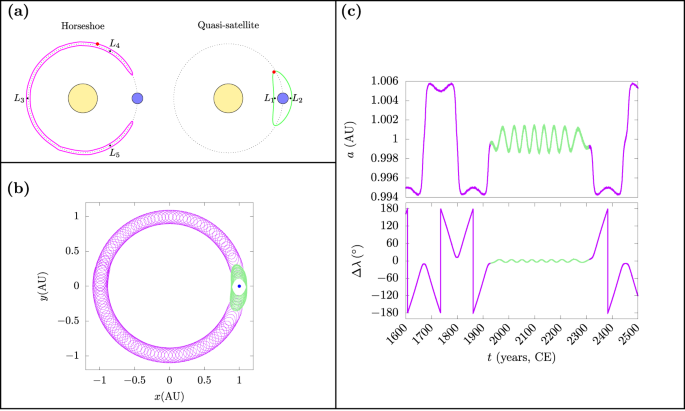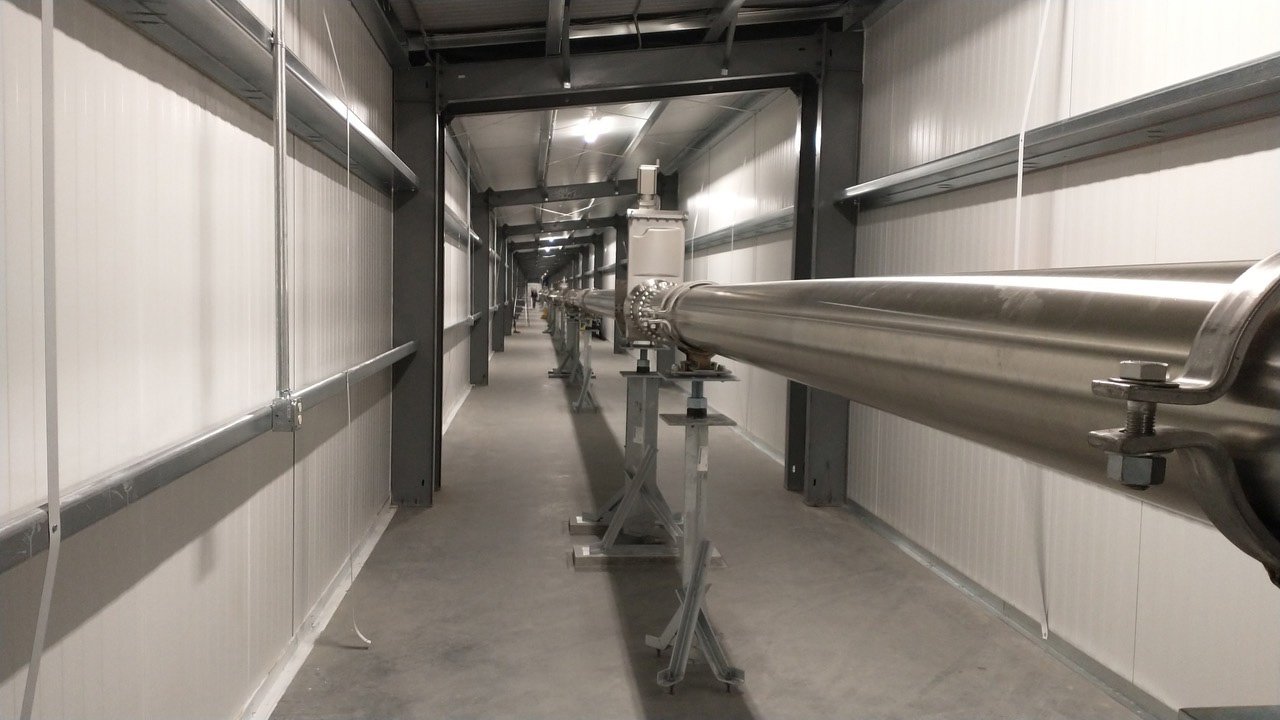2023-10-23 アリゾナ大学
◆通常、近地小惑星は火星の軌道外から来るものと考えられていましたが、新たな研究によれば、月がKamo`oalewaの源である可能性が高まりました。Kamo`oalewaは地球に非常に似た軌道で太陽の周りを公転する異例の小惑星であり、その長寿命も特徴です。過去の月面の隕石衝突で生じた月の破片が、特殊な経路を通じてこの小惑星になった可能性が示唆されています。
◆この研究の結果は、近地小惑星に関する理解を深め、地球への危険を評価するのに役立つでしょう。将来的には、Kamo`oalewaの軌道経路を可能にした具体的な条件と、小惑星の年齢についての研究が行われる予定です。
<関連情報>
- https://news.arizona.edu/story/uarizona-researchers-probe-how-piece-moon-became-near-earth-asteroid
- https://www.nature.com/articles/s43247-023-01031-w
地球近傍小惑星Kamo’oalewaの月放出起源は稀な軌道経路と適合する Lunar ejecta origin of near-Earth asteroid Kamo’oalewa is compatible with rare orbital pathways
Jose Daniel Castro-Cisneros,Renu Malhotra & Aaron J. Rosengren
Communications Earth & Environment Published:23 October 2023
DOI:https://doi.org/10.1038/s43247-023-01031-w

Abstract
Near-Earth asteroid, Kamo’oalewa (469219), is one of a small number of known quasi-satellites of Earth; it transitions between quasi-satellite and horseshoe orbital states on centennial timescales, maintaining this dynamics over megayears. The similarity of its reflectance spectrum to lunar silicates and its Earth-like orbit both suggest that it originated from the lunar surface. Here we carry out numerical simulations of the dynamical evolution of particles launched from different locations on the lunar surface with a range of ejection velocities in order to assess the hypothesis that Kamo‘oalewa originated as a debris-fragment from a meteoroidal impact with the lunar surface. As these ejecta escape the Earth-Moon environment, they face a dynamical barrier for entry into Earth’s co-orbital space. However, a small fraction of launch conditions yields outcomes that are compatible with Kamo‘oalewa’s orbit. The most favored conditions are launch velocities slightly above the escape velocity from the trailing lunar hemisphere.



